| Friendly Edifices |
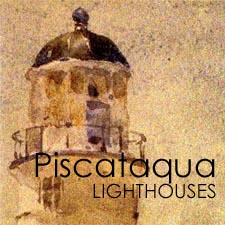
SEACOAST BOOKS
Jane Porter offers the final word on Piscataqua lighthouses – over 500 pages worth. This definitive volume, the last in the Portsmouth Marine Society collection, is everything you need to know about the early history of navigation aids along America’s Smallest Seacoast (sm) and South Coast Maine.
VISIT our Lighthouse Section
All about Nubble Light, Boon Island Light, Whale’s Back Light, White Island Light and Fort Constitution Light
FRIENDLY EDIFICES
Piscataqua Lighthouses and Other Aids to Navigation 1771-1939
By JaneMolloy Porter
568 pages, 168 illustrations
Portsmouth Marine Society
hardcover, $35
BUY the book from the publisher
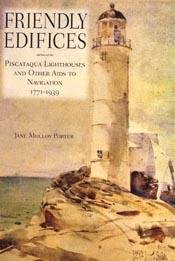 I have a special feeling for this large volume that focuses in detail on fice lighthouses in the Piscataqua Region. As author Jane Porter notes at the opening, this project began in 1982 when the idea was suggested to her. She finished it 23 years later. When we bought our house in Portsmouth from Jane years ago, the almost completed manuscript and notes filled a four-drawer filing cabinet that, for a time, sat in our spare bedroom. It had become the project from Hell, but Jane eventually picked up where she left off and completed this significant work. Now that it has hit the bookstores with its heavenly cover by painter Child Hassem, I imagine Jane is walking on air, and deservedly so.
I have a special feeling for this large volume that focuses in detail on fice lighthouses in the Piscataqua Region. As author Jane Porter notes at the opening, this project began in 1982 when the idea was suggested to her. She finished it 23 years later. When we bought our house in Portsmouth from Jane years ago, the almost completed manuscript and notes filled a four-drawer filing cabinet that, for a time, sat in our spare bedroom. It had become the project from Hell, but Jane eventually picked up where she left off and completed this significant work. Now that it has hit the bookstores with its heavenly cover by painter Child Hassem, I imagine Jane is walking on air, and deservedly so.
A writer emailed me recently wondering why he had never seen the amazing painting of White Island light be Hassam before. He Googled the topic and came up with an AP report noting that the work had been stolen in 1985. Celia Thaxter’s grand-daughter Rosamund Thaxter of Kittery reported the loss to police. The sentimental value at the time was enormous since, as everyone around her knows, Celia spent roughly ten years of her childhood on White Island and later came to know Childe Hassam as a frequent visitor to her literary summer salon on the Isles of Shoals. Roughly 10% of Hassam’s paintings were completed on Appledore. The painting was recovered in 2002 when a Massachusetts art dealer turned a potential seller into the FBI.
Meanwhile, White Island lighthouse itself was crumbling. But in the last few years local middle school students under teacher Sue Reynolds have raised the funds to restore White Light. The painting has been recovered and Jane Porter’s book is on the shelves. Life is good. – JDR
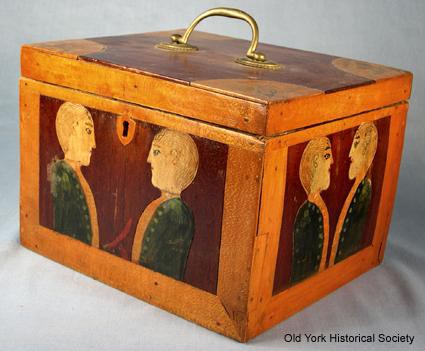
NOTES FROM JEREMY D'ENTREMONT
"The Lighthouse Guy" from his review in Lighthouse Digest magazine.
"Friendly Edifices is not your typical breezy coffee-table lighthouse book. But don’t let the weighty volume’s thickness (568 pages) scare you. Porter’s engaging writing and wealth of colorful -- detail will keep you engrossed… The depth of Porter’s research is rare — perhaps even unprecedented — for a lighthouse book of this type… There’s much detail here that’s never before made it into the pages of a book. For instance, Porter tells us that New Hampshire’s colonial Governor John Wentworth expected that the first (1771) Portsmouth Harbor Lighthouse would be maintained free of charge by the soldiers at Fort William and Mary. The fort’s commander, Captain John Cochran, had other ideas, and even threatened to let the lighthouse "stand useless" if he wasn’t provided adequate funds. Approval for more funds came in the spring of 1774, but the whole issue was rendered moot when local citizens stormed the fort that December, carrying off gunpowder and other supplies in one of the first overt acts of the American Revolution.
CONTINUE Friendly Edifices
PISCATAQUA LIGHTHOUSES (continued)
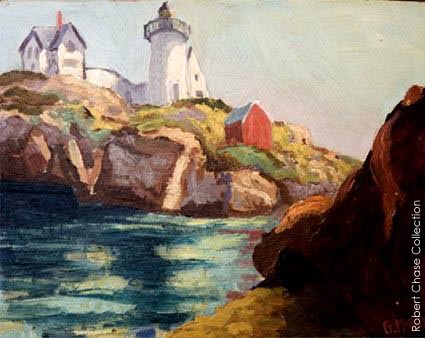
ABOUT THE AUTHOR
Jane Molloy Porter was born in Boston and received a bachelor’s degree in art history from Radcliffe College in 1952. Her family summered on the Maine coast at Bucks Harbor from the time she was a young girl. Jane’s mother, Anne Molloy, was a writer whose fiction for young people included The Christmas Rocket and The Mystery of the Pilgrim Trading Post. Her 1949 book, Celia’s Lighthouse, told the story of the poet Celia Leighton Thaxter, who lived as a girl on White Island in the Isles of Shoals, where her father was the lighthouse keeper.
Porter lived in St. Louis, Missouri, from the mid-1960s to 1984. While there, she did research for the Landmarks Association of St. Louis and co-authored the book Compton Heights: A Historical and Architectural Guide. She moved to Portsmouth, New Hampshire in 1984. The original impetus for Friendly Edifices goes back to 1985, when Porter and her mother traveled to Rockland, Maine, to attend a conference on lighthouses held by the Maine Historic Preservation Commission. The idea of a book on the lighthouses of the Portsmouth area was suggested, and Porter soon submitted a proposal to the Portsmouth Marine Society.
The proposal was accepted, and Porter and her mother—who decided to write a book on the lighthouses around Machias, Maine—began doing in-depth research at the National Archives. Her mother died before she could write her book, and new job concerns caused Porter to shelve work on her project for a few years. From 1986 to 2000, Porter was the keeper of the Portsmouth Athenaeum, which was founded in 1817 and is one of only 18 membership libraries in the U.S.
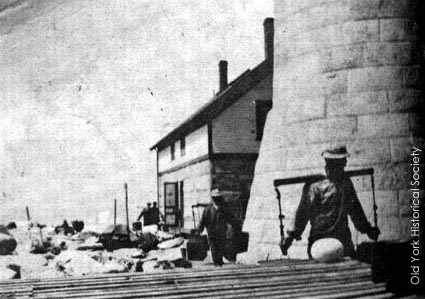
FROM THE PUBLISHER
Lighthouses have long fascinated more people than just the mariners for whom the lights were built. The sight of a light shining through the coastal blackness seems to lend comfort and reassurance even to people who are safely ashore. Worldwide, lighthouses stir the imaginations of artists, poets, and writers.
The five lighthouses of the Piscataqua region of New Hampshire and Maine are among the most admired structures of their type in America. Nubble Light in York, Maine, is perhaps the most photographed light in the world. And Boon Island Light, just offshore from Nubble, captivated readers of Kenneth Roberts’ tale of shipwreck and cannibalism in the early 1700s.
American impressionist Childe Hassam painted White island Light at the Isles of Shoals numerous times, inspired by his friend and fellow artist, the poet Celia Thaxter who spent her childhood at the lighthouse. New Castle’s Fort Constitution Light dates back to the time of John Wentworth, New Hampshire’s last royal governor As the American Revolution began, Wentworth spent his last days in New Hampshire sheltered in the fort beneath the light’s shadow.
For author Jane Porter, these tales of tragedy, beauty, and intrigue are only the tip of the story that begins with politicians and building contractors, and continues on the lighthouse keepers and their families. The construction of a lighthouse is not a simple matter. In addition to being able to project a warning light, the structure also must be able to withstand the foul coastal weather, especially here where the North Atlantic brings crashing waves and strong winds. Before a lighthouse could be built, funds had to be authorized usually from public sources, and politicians, whether local or state or national, had to be convinced that the expenditure is warranted.
After lighthouse specifications were written, contractors had to carry out those plans. Bricks, wood, iron, and steel have supported the local lights for centuries, although four of the five lighthouses have been replaced at least once.
Finally, the lights had to be maintained, a task originally charged to a keeper and often his family lived with him. Local lighthouses had resident families for many years and often the whole family was required to assist the keeper in lighting the lamps and cleaning the protective glass. Celia Thaxer’s strongest memories were of helping her father on White Island. The romance of island living could vanish quickly when a storm threatened to extinguish the light and crashing waves sometimes shook the very structure. Now all the keepers are gone and the lights are electrified, powered directly from the shore or by solar panels on the islands. In the current era, the lights themselves have nearly become redundant because modern vessels of all sizes carry detailed charts, radar, and other navigational equipment that usually makes a visual sighting of a light unnecessary. Today lighthouses are prized more for their historical importance and pictorial beauty then for their value to mariners.
In addition to the extensive details about lighthouse construction, maintenance, and operation, the author also discusses the design and placement of various aids to navigation, such as the river and ocean buoys that protect mariners from hidden rocks and ledges, fog signals, and breakwaters that created safe harbors.
